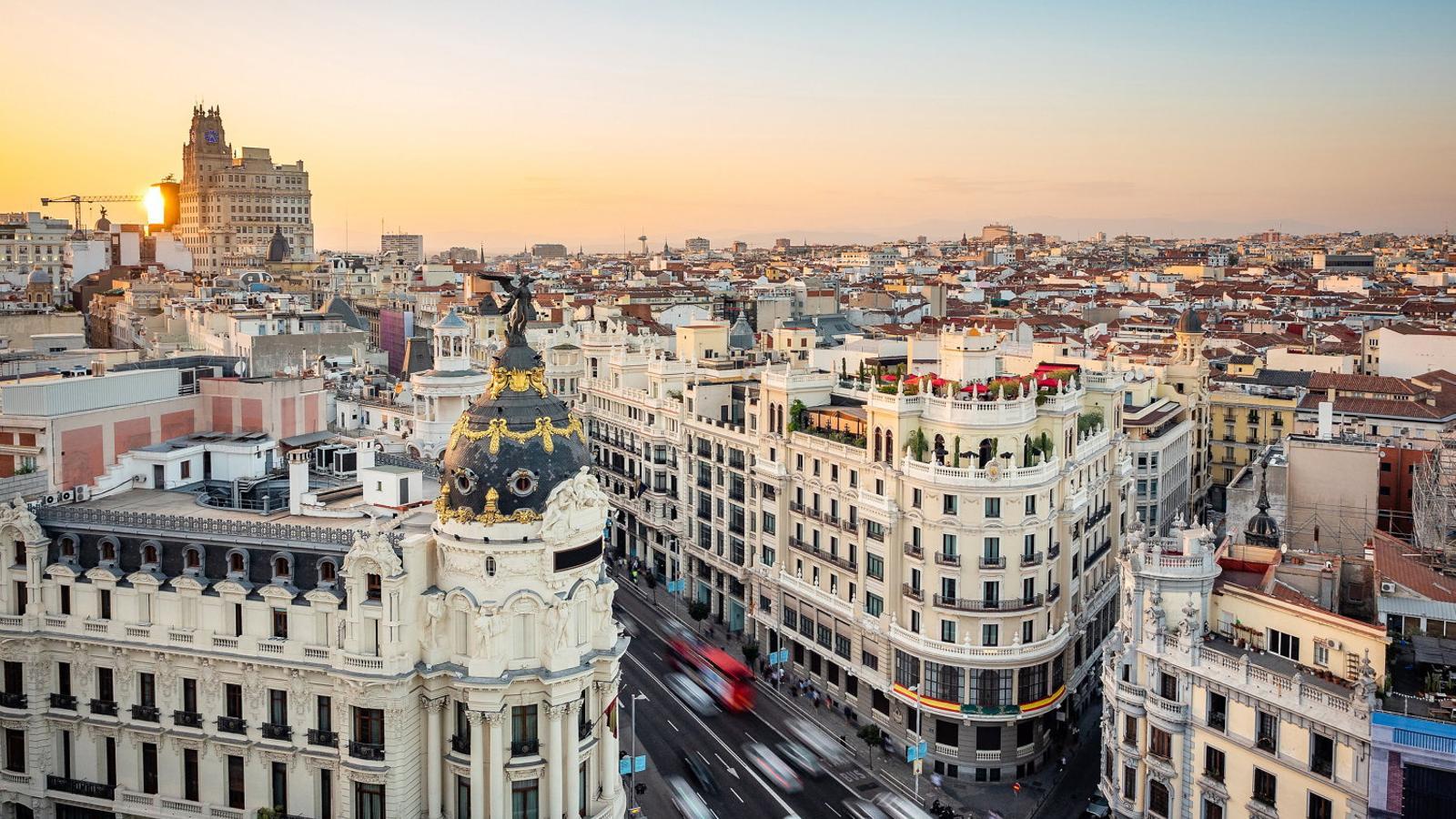Madrid, the major stumbling block in negotiating new regional financing
President Isla argues that the application of the ordinality criterion in the case of the state capital should be qualified.


BarcelonaIn the interview that was published the ARA newspaper this Sunday The president of the Generalitat (Catalan government), Salvador Illa, floated an idea that has been taboo until now, namely that the Community of Madrid cannot be treated like the rest because it has privileges tied to its status as the capital of the state. "Madrid has a capital status issue that must be taken into consideration when distributing resources," he stated. This reflection stems from something unquestionable, which is that the criterion agreed upon between the ERC (Regionalist Party) and the PSOE (Spanish Socialist Workers' Party) for distributing these resources in the new financing system, that of ordinality, benefits the Community of Madrid first and foremost, even more than Catalonia. So much so that, in the simulations that have been run, Madrid and Catalonia would share half of the additional resources that should be put into the system, between 8 billion and 10 billion euros according to calculations.
But, of course, does Madrid deserve to receive all that money if, as the capital, it already has a privileged position within the State? This is the problem that Salvador Illa is trying to start. To understand it better, we would have to put in black and white the factors that benefit Madrid's economy, the so-called capital effect, and which are not reproducible in any other territory.
A map of roads and radial AVE
All Spanish roads originate from the legendary Km 0 (mile zero) located at Puerta del Sol in Madrid, which is another tourist attraction. This radial map has been a reality, especially since the late 1990s, since in the 1960s the first Spanish motorway, the AP-7, was built in the Mediterranean Corridor at the request of the World Bank. The AVE (high-speed rail) map is exactly the same, so from Madrid you can travel to Barcelona, Valencia, Seville, or Malaga in less than two and a half hours. In contrast, there is no direct AVE (high-speed rail) from Barcelona to Valencia. The economic impact of these connections, moreover, is not spreading wealth across the country, but rather contributing to the concentration effect in the capital.
Barajas Airport is also Aena's major international venture, which means that connections to the other side of the Atlantic or Asia are much more numerous from Madrid than from Barcelona. For all these reasons, investment and budgetary execution are always higher in Madrid than in other regions.
State officials and institutions
The best positions and salaries are concentrated in the capital.
It is estimated that there are around 150,000 civil servants working in Madrid. Catalonia, by comparison, only has 26,000 civil servants working there. This high figure is due to the concentration of ministries and state agencies in the capital, which also have the highest salaries. In addition to the ministries, we are thinking of the Constitutional Court (its president is the highest-paid public official in the state), the Supreme Court, the National Court, the Court of Auditors, the army general staff, the Royal Household, Congress, the Senate... There are also the salaries of large public companies such as Correos, Paradores, and Red Eléct.
All these salaries represent an extraordinary fiscal cushion that Madrid enjoys and no one else, especially in times of crisis, since no matter what happens, the state will always take care of the payroll. The decentralization of any of these institutions, for example moving the Senate to Barcelona, would have a political but also economic impact, given that its budget exceeds 60 million euros, half of which is just salaries.
Cultural infrastructure
From the Prado to the new Royal Collections
Being the seat of the Spanish monarchy since the 16th century has meant that Madrid is the repository of an enormous cultural heritage, which has also been increasing through the forced transfer of valuable pieces (from the Lady of Elche to the Bous de Costitx) to its museums. nationalsMillions of people visit the Prado Museum, the National Archaeological Museum, the National Library, and the recently opened Royal Collections in a new building attached to the Royal Palace every year. This is the Madrid hotel and hospitality sector.
The proximity to the power of the Ibex 35
Since the 1980s, there has also been a concentration of corporate headquarters in Madrid, as executives prefer to be close to the center of power where major economic decisions are made. Thus, many large companies have moved their headquarters there, such as Banco Santander, while other Ibex 35 giants, such as Telefónica, a former state monopoly that has been privatized, also have moved their headquarters there. This doesn't mean that Madrid is now an industrial powerhouse, but it is true that the top executives of many companies, including those in Catalonia or the Basque Country, reside there and, therefore, pay taxes there. Under the protection of these relations between public and private powers, the consulting business (such as Montoro's famous Equipo Económico firm) and lobbying have proliferated. The concentration of the top brass of the Spanish judicial system has also led to the emergence of large law firms.
All these factors swell the coffers of the Community of Madrid, which, as Isla claims, instead of distributing these resources or strengthening its welfare state, applies tax cuts to "steal" wealthy taxpayers from the rest of the autonomous regions. This vacuum effect is clearly evident when comparing the per capita income of the Community of Madrid with neighboring provinces: according to INE data on net provincial income per person in 2024, each Madrid resident had €17,131, while a resident of Toledo only had €116.
Now, how can the impact of the capital effect be calculated to qualify the bare application of the concept of ordinality and thus not benefit Madrid even more? This is now the major stumbling block for party and government technicians working with numbers and simulations for the new financing reform, which could also run into constitutional issues.
